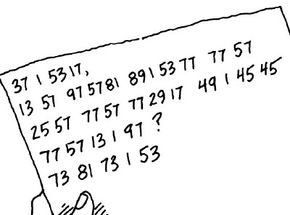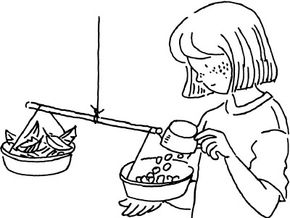From card games or hopscotch to shopping or making a phone call, our lives are full of numbers. In fact, we probably couldn't get through a single day without using numbers in some way. The following articles offer number activities for kids that show how you can use numbers for fun. Try them on your own or with friends -- or even with an adult. Ready? 1-2-3 ... go!
Advertisement
Discover the enormous number of things there are in your everyday life. Find out how to get started.
Fractions are easy to understand when you play this water game. See how to do it.
The Probability of Heads or Tails
It's fun to guess the likelihood of whether a coin flip will result in heads or tails. Find out more about probability.
You and a friend can send your own special delivery messages when you use a secret code. Learn how to get started.
Which weighs more: a cup of feathers or a cup of cereal? Discover this and other interesting facts with this game.
Ready for some fun with numbers? You might be surprised by how monumental they can be. Keep reading to learn more.
For more great math exercises and math instruction, check out:
- Articles on Learning Addition
- Articles on Learning Subtraction
- Arithmetic Problems
Advertisement


